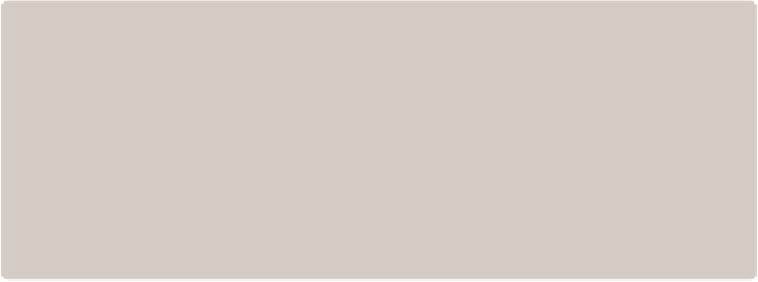Travel Reference
In-Depth Information
south and the plains of the former Pannonian Sea to the east. The three six-pointed stars of the Counts of Celje
symbolise the cultural-statesmanship tradition of the Slovenian lands in relation to their inclusion in the currents
of European history.'
And then there's the 'universal' explanation... 'The symbol of a mountain with a water surface along the foot-
hills is a universal archetype symbolising the basic equilibrium of the world. On a human level it also demon-
strates the balance between man and woman and, on a planetary level, the balance between civilisation and nature.
Such a symbol is understandable to people irrespective of their cultural background since it touches a primal ex-
emplar rooted deep in the subconscious. In addition it is a sign of the future as a postmodern time which once
again respects equilibrium on every level. The three gold stars above symbolise spiritual-ethical principles in rela-
tion to which the equilibrium is restored. The triangular disposition is a symbol of pluralistic dynamics.'
So now we know.
Independence
In April 1990 Slovenia became the first Yugoslav republic to hold free elections. Demos,
a coalition of seven opposition parties, won 55% of the vote, and Kučan, head of what
was now called the Party of Democratic Renewal, was elected president. The Slovenian
parliament adopted a 'declaration on the sovereignty of the state of Slovenia'. Henceforth
Slovenia's own constitution would direct its political, economic and judicial systems; fed-
eral laws would apply only if they were not in contradiction to it.
On 23 December 1990, 88.5% of the Slovenian electorate
voted for an independent republic, effective within six months.
The presidency of the Yugoslav Federation in Belgrade la-
belled the move secessionist and anticonstitutional. Serbia
took control of the Yugoslav monetary system and misappro-
priated almost the entire monetary issue planned for
Yugoslavia in 1991 - US$2 billion. Seeing the writing on the
wall, the Slovenian government began stockpiling weapons,
and on 25 June 1991 Slovenia pulled out of the Yugoslav
Federation for good. 'This evening dreams are allowed', Pres-
ident Kučan told a jubilant crowd in Ljubljana's Kongresni trg
the following evening. 'Tomorrow is a new day.'
Indeed it was. On 27 June the Yugoslav army began march-
ing on Slovenia but met resistance from the Territorial De-
fence Forces, the police and the general population. Within several days, units of the fed-
eral army began disintegrating; Belgrade threatened aerial bombardment and Slovenia
faced the prospect of total war.
Best Preserved
Castles in
Slovenia
» Ljubljana Castle
» Bled Castle
» Ptuj Castle
» Celje Castle
» Predjama Castle


